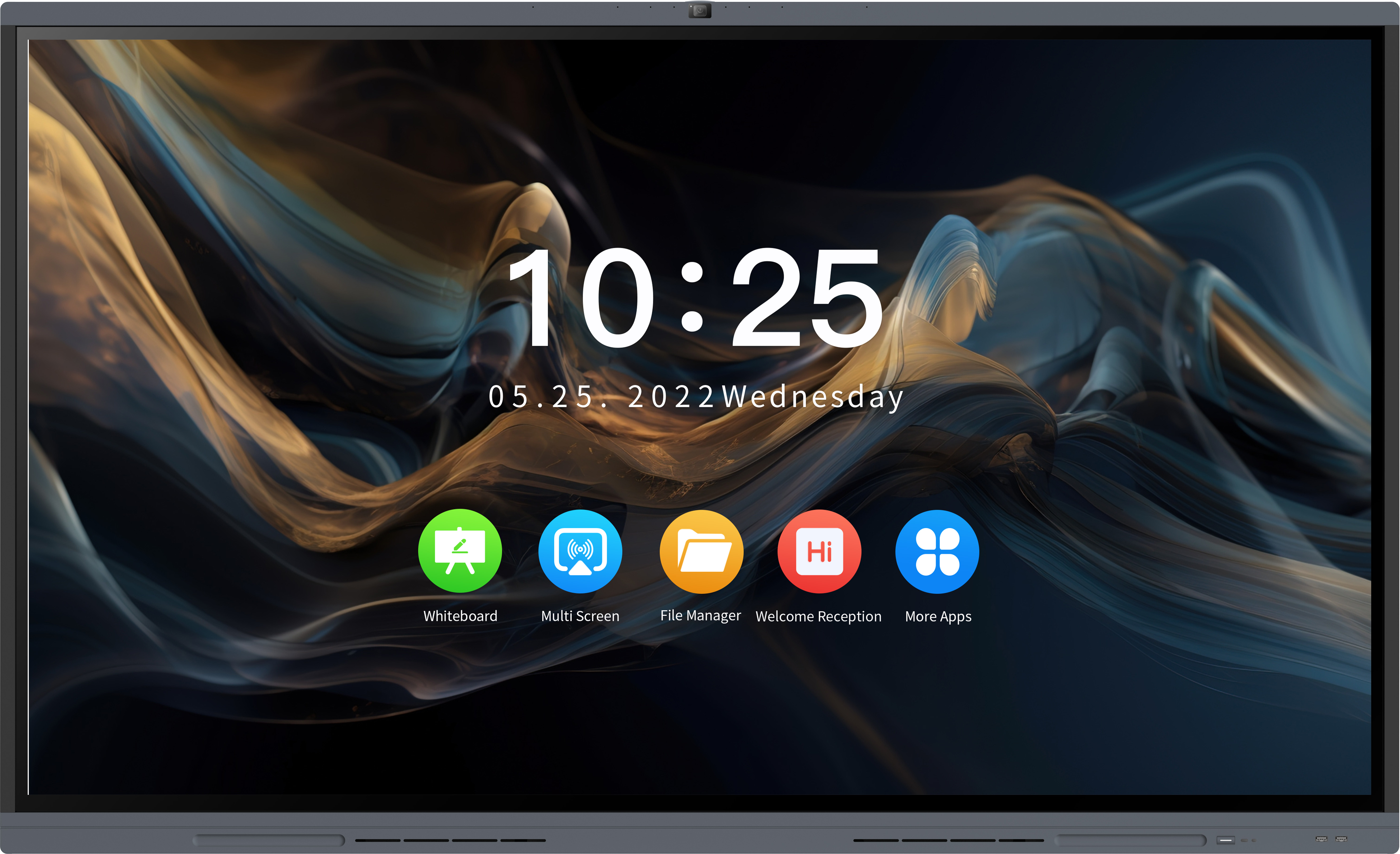Revolutionizing Classroom Instruction: The Impact of Interactive Whiteboards

With the advent of technology, the traditional classroom setup has been revolutionized. One such technological innovation that has transformed the teaching landscape is the introduction of the interactive whiteboard. As an interactive tool replacing the traditional black or greenboard, the whiteboard, coupled with multimedia capabilities, has significantly impacted teachers' teaching thinking mode, enhancing their instructional strategies and fostering interactive learning environments.
1. A Shift Towards Visual and Dynamic Presentations
The integration of an interactive whiteboard in the classroom has enabled teachers to move away from conventional chalkboard teaching methods and embrace dynamic, visual presentations. With the ability to display texts, images, videos, and other multimedia resources, teachers can now design engaging and interactive lessons that cater to various learning styles. This shift in teaching methodology helps in delivering complex concepts more effectively and captivating students' attention.
2. Enhancing Collaboration and Active Participation
Interactive whiteboards promote active participation and collaboration among students. Teachers can use interactive features like touch-screen capabilities, digital pen, and annotation tools to encourage students to actively engage with the content presented on the whiteboard. By encouraging students to come to the board, write, draw, or solve problems, the whiteboard creates an inclusive and participatory learning environment. Students also gain opportunities to collaborate with their peers, fostering teamwork and cooperative learning.
3. Personalized Learning Experiences
The interactive whiteboard allows teachers to cater to individual learning needs and preferences. With customizable features, teachers can adapt their teaching to address each student's unique requirements and pace of learning. Interactive exercises, quizzes, and games on the whiteboard can be tailored to different difficulty levels, ensuring that students are challenged and motivated to learn. The whiteboard also enables teachers to provide immediate feedback and remediation, allowing students to learn at their own pace, ultimately improving their learning outcomes.
Overall, the introduction of interactive whiteboards in classrooms has transformed the teaching thinking mode of educators. By enabling dynamic presentations, fostering collaboration, and facilitating personalized learning experiences, teachers can create engaging and interactive lessons that cater to diverse student needs. As technology continues to evolve, the impact of interactive whiteboards on teaching and learning will only continue to grow, providing endless possibilities for educators to enhance their instructional practices and student engagement.
Conclusion
The implementation of interactive whiteboards in classrooms has revolutionized traditional teaching methods, giving rise to dynamic and engaging instructional practices. With the ability to present content visually, promote collaboration, and personalize learning, interactive whiteboards have transformed teachers' teaching thinking mode significantly. As this innovative technology continues to evolve, its impact on education is bound to expand, empowering teachers to create more interactive and effective learning environments for their students.

